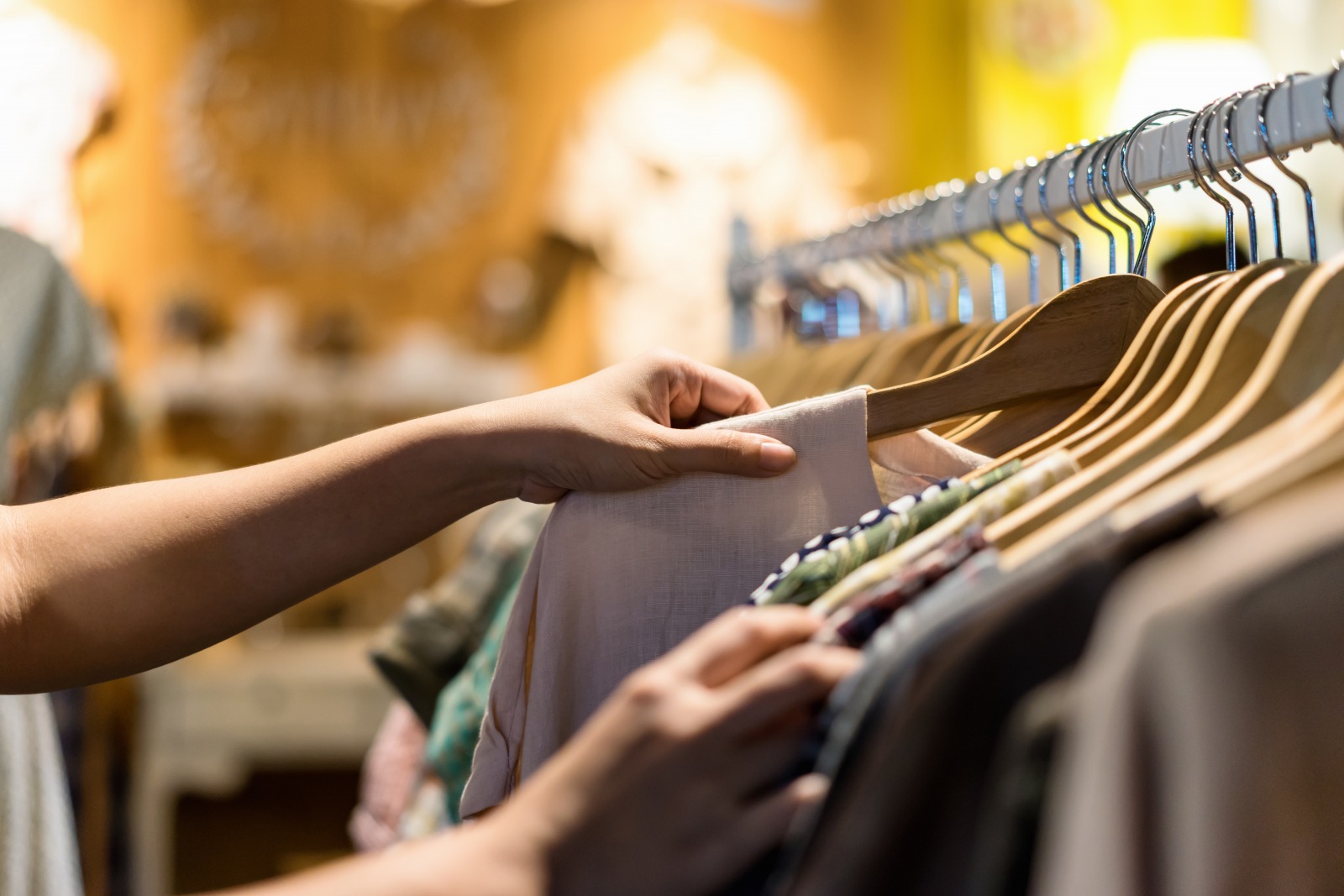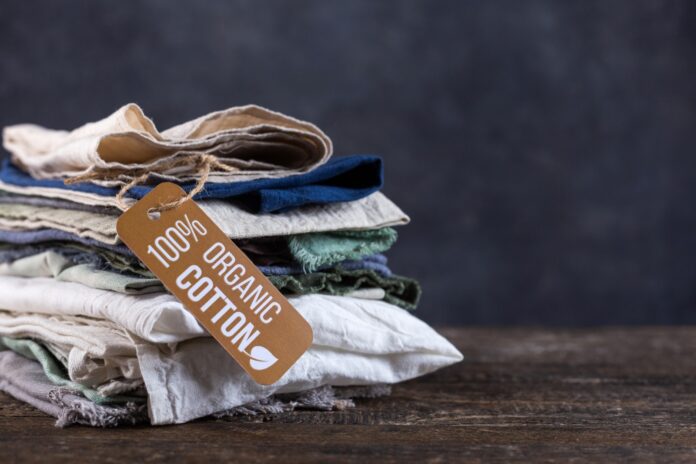If you think you’re powerless enough to contribute to a more sustainable environment, you’re wrong. There are many ways you can become more environment-friendly with your choices and this necessarily begins with having an eco-friendly wardrobe. If you’re the type of person who has a closet overflowing with clothes and is not using yet you still keep shopping for more, then you need to create a change in your habits. Fast fashion is hurting the planet and the more you support it, the more you’re also sending the message across those clothes can be wasteful and disposable. And while opting for sustainable fashion brands and alternatives are becoming more popular today, there are also other ways you can do to help save the planet. Let’s see the steps to build an eco-friendly wardrobe.
As you’re reading this, congratulations on the noble idea of going moving forward with an eco-friendly wardrobe. Yes, you can still be fashionable without necessarily hurting the environment. You don’t even have to limit your clothing preferences. Rather, it’s all about making smarter decisions with your shopping habits to ensure that it’ll contribute positively to the environment, and not otherwise.
These tips can get you started on an eco-friendly wardrobe.
- Less Is More
As they say, less is more. You don’t need to have a whole bedroom full of clothing and then not use a majority of those clothing pieces. Most importantly, it’s better to have just a few clothing pieces which you know are made from sustainable fabrics and have good long quality like those from brands like bamboozld, among the many, rather than those which you know will get damaged even as soon as one use.
Think of the basics and classic pieces in neutral colors. Having less clothing pieces won’t just make your wardrobe eco-friendlier, but it’ll also speed up your decisions when dressing up as you no longer have to be so confused of what to wear.
- Streamline Your Wardrobe
Streamlining your wardrobe goes beyond simply doing a clean-up or a purge. It also doesn’t mean throwing away clothing. By doing so, you may be clearing up your wardrobe to make space only for those that you actually use. But, have you considered how long it’ll take for those clothing pieces you’ve thrown away to decompose?
When you streamline your wardrobe, this actually means creating separate groupings of clothing. It can be ‘donated’, ‘sell’, ‘keep for use’. With that kind of category, you can narrow down your clothing pieces to keep only those which you know you’ll be absolutely using.
First off, with the donate pile, you’re making your clothing’s lifespan last longer. It can be sent to charities or given to organizations who are asking for clothing pieces. Some, to give away, while others, for recycling. This ensures your reject clothing items won’t simply land on the landfill.
Second, in the ‘sell’ category, you’re giving your clothing items a new home where it can be used even more. You can sell it online or through a garage sale, for a low price. This will entice more buyers to purchase your old clothing items.
Third, with the ‘keep for use’ category, those are the items you’ll leave in your wardrobe as you’re certain you can still use it. Then, after going through this process of streamlining your closet, you may also want to make it a habit now to go through your closet once in six months, so you can go through this step again. That way, you’re not keeping clothing pieces which you’re not even using anymore.

- Go Through The 30 Wears Test
The ‘30 Wears’ Test is one of the earmarks of an eco-friendly wardrobe. It simply means that whenever you go on a shopping trip, ask yourself first whether or not you’re certain you can and you will wear that clothing item for at least 30 wears.
If you’re on the fence about whether or not it’ll pass the 30 wears test, don’t buy it. If you’re certain you’d use it more often, then go ahead and bring that clothing piece home. The whole point in this tip is to try to avoid buying statement clothing pieces which you know you’re only going to use for one occasion. Instead, the better route is to invest in beautiful, well-crafted clothing pieces which you know you’re going to use over and over again.
- Mend Your Clothing
As you go through your closet, you may come across certain clothing pieces which are now bigger than what your size really is or that perhaps have damages in it which can still be repaired anyway. In those situations, rather than dispose of those items, go through a simple DIY first, to mend those broken items. If you can’t sew it or fix it yourself, then bring it to a tailor.
The owner of an eco-friendly wardrobe believes in, and sees clothing pieces as indispensable items rather than one that can simply be thrown away after a single use. This also entails ensuring that whenever you buy a fashion item, you measure it to be certain that it’s the perfect fit for you.
Final Thoughts
As sustainable development be a trend and concern nowadays, it’s not surprising that it may have infiltrated the fashion industry as well. Hence, your interest may have also been sparked as to what it really takes to have an eco-friendly wardrobe. If you’re keen on starting, there’s no more opportune time to improve, purge, and update your wardrobe right now to make it more eco-friendly. With the steps above, you can have a sustainable wardrobe while still maintaining your personal style and preferences when it comes to fashion.





